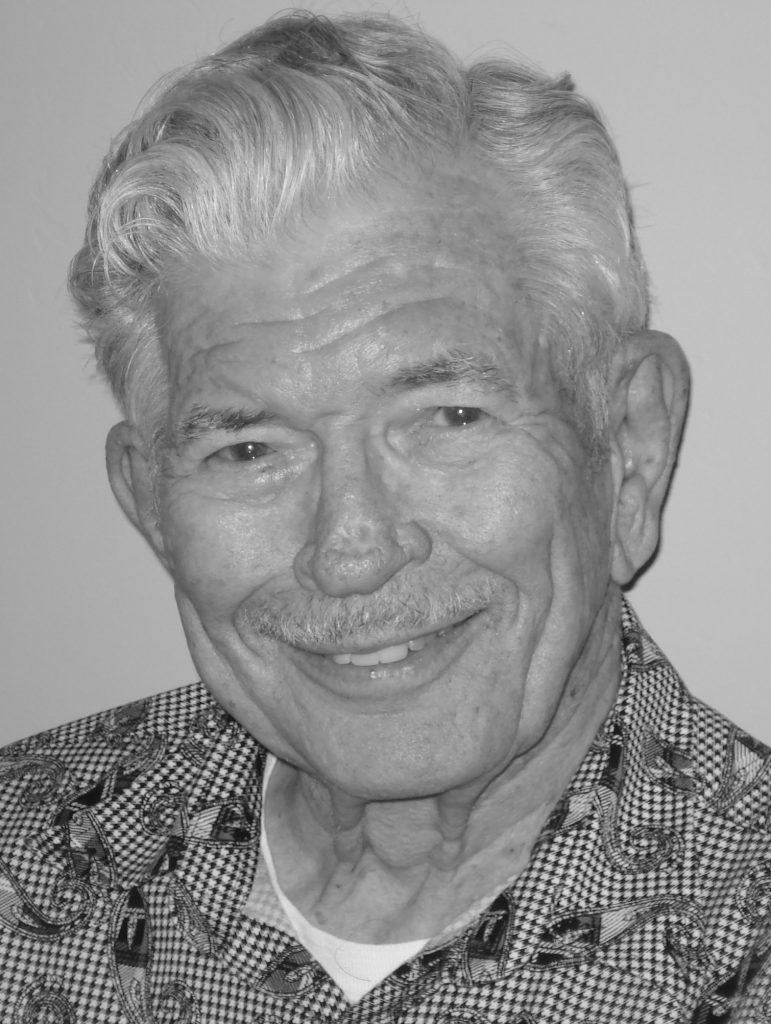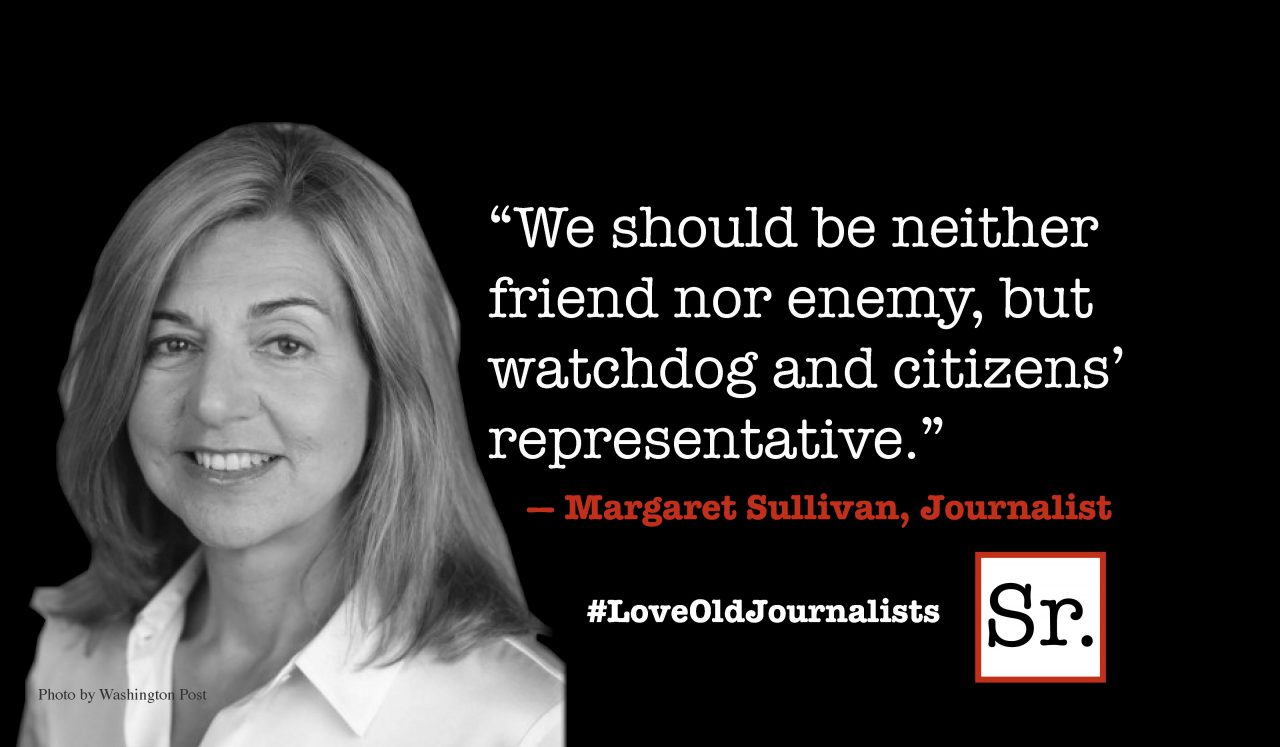During World War II the 91st Photo Squadron Wing operated throughout Central and South America. We flew several different airplanes, especially modified for high-altitude mapping work. Most common were the F-10 (B-25) and F-9 (B-17) as well as a few F-2s (C-45) and F-7s (B-24). Our principal base was at Talara, Peru, just south of the equator and located on a good harbor. Talara is the westernmost point on the South American continent in a desert devoid of any living thing save for monster scorpions.
Our primary mission was to photograph and map many uncharted areas of South America. Part of our mission was to fly the isolated South American coastline looking for subs and likely harbors. Rumors abounded that a sub, presumably Japanese, had been sighted just off shore. Our base was an isolated and barren place. It had a good landing field but hardly anything to help us pass the time when we weren't on duty. So we had a number of pets.
We were certainly not the only Army Air Corps unit to adopt animals as pets, but we did have some unusual ones. My favorite was Loop, a miniature dachshund. Loop was born in a hangar at our base at Talara. Loop flew with me occasionally on low-altitude flights, such as tests or supply trips to the depot in Panama. His favorite "seat" was in the nose. He never saw a tree or fire hydrant; his urinal of choice was my nose wheel.
Taxi was one of the dozens of wild burros who adopted us. The burros spent their days wandering around looking for food; they must have found some scant weeds somewhere in the rocky arroyos which surrounded us. As night approached they would bed down on our runway, warmed by the constant sunshine, which protected them from the cold of the desert. Taxi had a definite preference for the concrete volleyball court, which happened to be beside the mess hall. The best-fed animal of the bunch, he helped us chase the sleepy heads off the runway at dawn so we could take off. He seemed to enjoy the sirens and shotgun blasts that served as alarms.
We tried without much luck to organize burro races. The squadron prankster somehow managed to get one of the smaller creatures into the "old man's" plane late one night. The perpetrator was promoted to "sanitation engineer" and grounded for a week — beginning after the cleanup.
Our secondary base was at Salinas, Ecuador. From there we flew the long-disputed border between Peru and Ecuador. During our stay the Peruvian Fuerza Aeria fighter planes buzzed Quito, the capital, on a "nuisance" raid. One of our pets at Salinas was Mayday. Mayday had some multi-syllabic zoological name, but we just called him a parrot. His favorite perch was atop the gas alarm. An iron triangle, activated by a length of pipe, was supposed to be sounded only in the event of a gas attack. Mayday found that he could sound the alarm by furiously pecking it. He (or she, whatever) evidently enjoyed the chaos that ensued after the alarm sounded.
Kitty, a cuddly little Calico kitten, belonged to my navigator. When we were ordered to move from Talara to Santiago, Chile, it looked as though Kitty would be left behind. But Gus talked me into adding her to the manifest. She behaved quite nicely until she became a bit hypoxic. She hopped onto my shoulder and then up onto the top of the instrument panel, where she soon drifted off to dreamland. I pulled out my trusty little camera and "shot" her. Several years later, this picture was published in a magazine and a couple of books. The caption "outed" me for violating Army regulations prohibiting carrying animals on aircraft. (Good thing the Statute of Limitations came to my rescue!)









